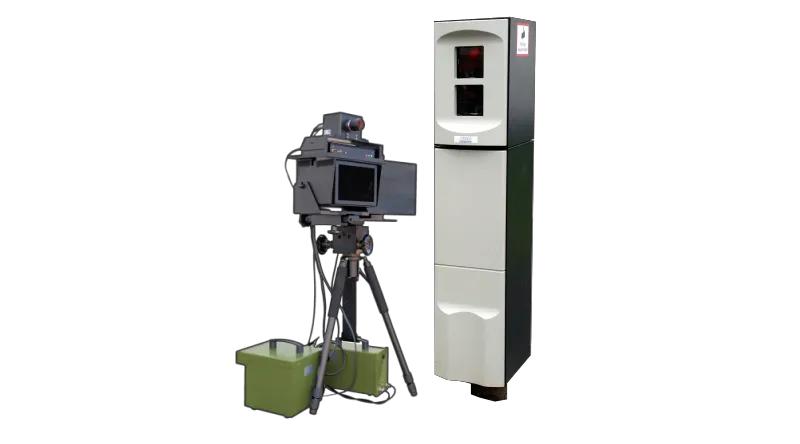Over 80 traffic monitoring systems from Jenoptik Robot, equipped with non-invasive Robot radar technology allowing accurate lane identification capability, have been delivered to the State of Qatar to enforce speed as well as red light and speed violations. The speed enforcement systems are equipped with Robot’s latest camera generation, SmartCamera IV, providing high resolution violation photos, night and day, and across the large number of lanes on Qatar’s roads, while the red light systems are housed in
June 19, 2012
Read time: 2 mins
Over 80 traffic monitoring systems from Jenoptik Robot, equipped with non-invasive Robot radar technology allowing accurate lane identification capability, have been delivered to the State of Qatar to enforce speed as well as red light and speed violations. The speed enforcement systems are equipped with Robot’s latest camera generation, SmartCamera IV, providing high resolution violation photos, night and day, and across the large number of lanes on Qatar’s roads, while the red light systems are housed in the red-dot design awarded TraffiTower. The speed radars are housed in Robot’s latest design-labelled housings - the RoBox.
These systems, as well as those previously installed, are part of Qatar’s initiative to improve road safety. Prior to 2007, two thirds of all trauma-related deaths were caused by car accidents. As Jenoptik points out, beginning in 2007, after the deployment of the first batch of Robot speed radars in Qatar, stringent traffic control measures were implemented, increasing the fine rates for traffic violations, greater attention to seat belt use and raising the number of speed control cameras. After peaking in 2008, traffic related fatalities continued to fall into 2011 where they dropped by more than 10 per cent compared to 2010 figures.
These systems, as well as those previously installed, are part of Qatar’s initiative to improve road safety. Prior to 2007, two thirds of all trauma-related deaths were caused by car accidents. As Jenoptik points out, beginning in 2007, after the deployment of the first batch of Robot speed radars in Qatar, stringent traffic control measures were implemented, increasing the fine rates for traffic violations, greater attention to seat belt use and raising the number of speed control cameras. After peaking in 2008, traffic related fatalities continued to fall into 2011 where they dropped by more than 10 per cent compared to 2010 figures.









